Dungeons & Dragons 5th Edition has 13 classes, all of which are full of flavor and mechanics that benefit the character.
But, as with every game, there is a 5E class that is the best, whether it be for damage, utility, or durability. Which class reigns supreme? Let’s dig in and find out.
What is the best class in DnD 5E?
Before we begin this list, we want to enforce our belief that every class in 5E is playable with the right party composition. Any 5E class can deal good damage, be acceptable outside of combat, and—most importantly—bring joy to their player.
This list focuses on optimization, with a heavy leaning towards crowd control, fight-ending ability, and out-of-combat capabilities. A lot of classes can deal a lot of damage to a single guy, so what else can the class do? How can they benefit a group of three to five other adventurers? And what can they do to prevent the bad guy from winning?
13. Monk
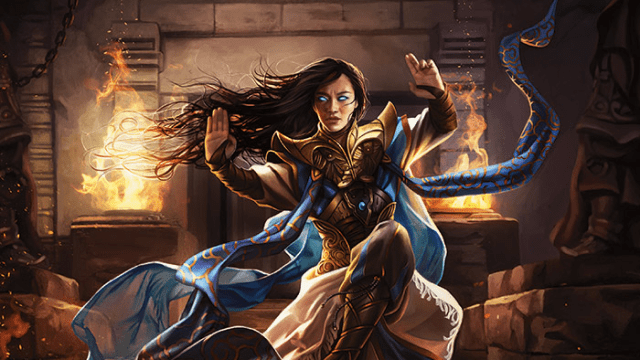
Somebody had to take the fall.
DnD 5E was not kind to the Monk. Many of its interesting and fun features require no armor and specific weapons, limiting multiclass potential. It also makes them require Dexterity, Constitution, and Wisdom, which is an unenviable position for a Martial class in 5E. Many subclasses are clunky and, even with Tasha’s Cauldron of Everything improving things, their actually good features aren’t always easy to use in all situations
If that wasn’t enough, very few items actively jive with their play style. Bracers of Defense provide less AC than +3 Armors while requiring attunement and taking the very competitive Bracers slot. There is a tattoo that gives attack and damage roll bonuses to attack and damage rolls, but it’s only a plus-one and isn’t necessarily available in every game. It says a lot that the not-quite-first-party Tal’Dorei Campaign Setting Reborn did much more for monks than Wizards of the Coast managed to do in 10 years.
That being said, Monk is far from useless. Its shockingly high damage, especially early on, can keep up with other party members through good use of short rests and liberal Flurries. Stunning Fist is an extremely powerful crowd-control tool that most Martial classes would kill to have.
A player who is good at Monk can make it look unbeatable. But, its fragile defenses, limited out-of-combat utility, and difficult playstyle place it down here.
12. Barbarian

The Barbarian is defined by one mechanic: Rage. Rage is so strong that it pivots fights around the Barbarian. It makes them hard to kill and gives them damage. What more could be wanted?
Barbarian suffers quite a lot from how DnD 5E focused on Rage. Rage is a once-per-day resource that the Barbarian gets between two and six of. That means you can’t rage in every fight during a standard day—even at level 19. That’s a big problem since most Barbarian Paths focus entirely on making Rage stronger with little help for the Barbarian’s between-rage status.
When a Barbarian isn’t raging, they are essentially stuck with exactly Reckless Attack. Which, while a strong feature alongside Great Weapon Master, doesn’t compensate for the fact that you’re an easy-to-hit sack of meat with few class features to aid you.
Rage swings fights, but also has relatively easy counterplay through Wisdom-based spells which prevent the Barbarian from attacking or taking damage. It also doesn’t prevent being torn to shreds through elemental damage unless a certain Bear-like archetype is selected.
This is without mentioning the Barbarian’s role out-of-combat. Which is “lift things” and probably roll a plus-three for Intimidation checks. Not exactly inspiring.
This is a class of high highs and very low lows. Careful timing on rages and great coordination with your party can make a Barbarian extremely effective. But, a bad day for a Barbarian makes it feel abysmal.
11. Rogue

Rogues are incredibly potent characters that are hammered with little annoyances that keep it from feeling great. Sneak Attack is a great damage boost that keeps up with casters and Martial characters alike, but also means the Rogue often benefits the least from magical items due to their lack of Extra Attack and slowly falls off thanks to how scaling benefits other classes more.
Expertise is a fantastic mechanic that lets a Rogue almost always make good ability checks and take a clear out-of-combat role but requires the DM to constantly ask for specific skill checks to be effective, which not all DMs do.
Rogue subclasses range from great flavor to strong in general, though some are almost unplayable in standard campaigns without high-level investment. This is still a great class with a lot of oomph to it. Your first critical Sneak Attack is unforgettable, and you have the tools to land dozens more.
This is also one of the few non-spellcasters with mechanics to help you out-of-combat, making the Rogue acceptable outside of fights without needing to wave a magic wand. But, it is often a lot weaker than the classes that can wave that wand.
10. Ranger

The Ranger benefited the most from Tasha’s Cauldron of Everything, getting excellent out-of-combat and decent in-combat buffs. Few classes can use a bow and arrow quite like a Ranger, Hunter’s Mark remains a very strong damage buff for any class willing to multiclass, and it remains one of the only classes with permanent summons.
However, it boasts a rather straightforward game plan that struggles during the early game. Several of its most famous archetypes fail to do much during the mid-to-late game, often reliant on strong magical items, the impact of Hunter’s Mark, and Sharpshooter to keep up with other classes. Its spell list is split between incredible low-level spells and middling high-level ones, making many Rangers feel like Hunter’s Mark printing devices without much space for out-of-combat utility through magic.
Rangers are great now, and worth a lot of people’s time. However, they can often feel slightly outdated, their haunted past of being the worst class in the game only partially gone.
9. Warlock

The Warlock has, by far, the best internal storytelling of any class in DnD 5E. Patrons are legitimately great for DMs and characters alike. The strange abilities that the Warlock is offered bring them unique class features that are worth consideration.
However, this often amounts to Eldritch Blast. And yes, Eldritch Blast spam is really good, dealing upwards of 4d10+20 damage by endgame with no buffs. But, the Warlock suffers for this with a middling spell list and terrible spells known. It’s hard to solve problems with this class, despite it being a “full caster.”
Invocations and their subclasses change this, thankfully. The Warlock has access to some of the most game-changing subclasses in the game, such as the Hexblade or Great Old One. Invocations offer strong customization options for the Warlock, though taking the Agonizing Blast tax fills me with agony.
It’s a good class, hampered by its reliance on a single cantrip.
8. Fighter
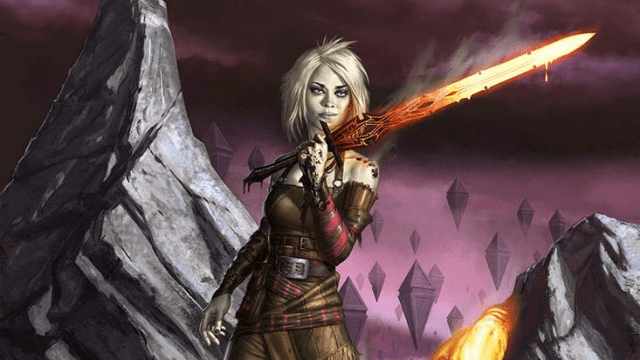
The Fighter is the quintessential Martial class, for better and for worse. It gets all the armor, all the weapons, and can swing those weapons up to four times by level 20.
The damage of this class can reach glorious highs thanks to the use of Action Surge, giving the Fighter another turn with which to swing their weapons. All they need is a strong magical weapon and solid weapon-based feats and they can hit one person really hard—especially in tandem with archetypes like the Battle Master.
However, none can say that the Fighter does anything out-of-combat. The Fighter’s terrible skill usage and lackluster field support leave them unable to solve many problems that don’t involve shoving their fist into it. They also don’t have great crowd control options outside of the Battle Master. And even that only lasts for a turn.
The Fighter makes it this high because of its fantastic damage, durability, and multiclass potential. Action Surge on any class that isn’t the Fighter makes for very strong power turns, like double spellcasting, and their lineup of armor and tiny healing can make any class feel a lot safer.
7. Sorcerer

Our first full caster, the Sorcerer, is a very strong class with a lot of potential. A full nine levels of magic to abuse, sorcery points giving them piles of lower-level spells and Metamagic, and some of the most impactful subclasses in the game.
So why is it so low? Well, the Sorcerer’s spells are a gigantic chokepoint in the class. Sorcerers get to know 15 spells, which makes the subclasses that grant more spells known—like Aberrant Mind—too strong to ignore. They also don’t get the powerful spell options that the Wizard unlocks, which is a huge bummer.
However, metamagic and the general strength of their subclasses make up for these faults. Not to mention that full spellcasting is really, really good.
6. Paladin

The Paladin is the strongest of the “Martial” characters, or characters that prefer to use weapons instead of spellcasting. This comes from a lot of sources: Their absurd burst damage with Divine Smite, a spell list that contains really good defensive and offensive magic, really high defenses with both AC and saving throws, and even acceptable healing with Lay on Hands.
The sole place where the Paladin flounders significantly is with ranged combat. As soon as a fight gets farther than 50 feet from a Paladin, they’re going to be dealing, like, a d8+5 of damage per turn. They have very little versatility, relying entirely on melee combat to be effective. They don’t even have the Barbarian or Monk’s speed to help them out in this case.
That’s kind of it. They have good crowd control with magic and Channel Divinity options, high damage, and great frontline capabilities.
5. Druid

The Druid is a really strong class but a rare example of one that’s nearly impossible to multiclass into. Druids get great armor proficiencies but have codes that often prevent the best armor from being worn. Wild Shape is an impactful ability that basically requires additional Druid levels to reach maximum power.
However, dedicating yourself to Druid is such a good idea. The Druid spell list is a really, really good mixture of solid damage, impeccable crowd control, and area denial that the Wizard can hardly boast. Their Wild Shape ability means that, after they hammer a fight with spells, they can become an animal with good temporary hit points and good combat capabilities. Many of the Circles for Druids come with strong features that change builds significantly, shifting the Druid towards tanking and combat or spellcasting at a moment’s notice.
And Circle of the Moon can just get 136 hit points per bonus action by level 15. That’s worth something. Druids are clunky at a glance but so strong in practice. Try them out if you stayed away due to their natural themes.
4. Artificer

The new guy on the block, the Artificer is everything you could want from a spellcaster with only half the spell slots of a Wizard.
This is not really because of its solid spell list, strong archetypes, or acceptable damage output. No, it’s really because of its Infusions. The Artificer is one of the few classes that can look at a magic item and guarantee that you’ll have it.
In a system like DnD 5E, magical items can make or break characters like Barbarians, Paladins, or Monks. An Artificer in the party makes it possible to make sure you have things like a Bag of Holding or Winged Boots. They’re also the best at abusing magical items with their Magic Item feature line.
They can also offer unique out-of-combat aid through the oft-neglected tool system. These guys are talented crafters, though a good Artificer will need to read up on tools and how to best use them. And, when those tools don’t work, they still have a solid spell list that puts all other half-casters to shame.
3. Cleric
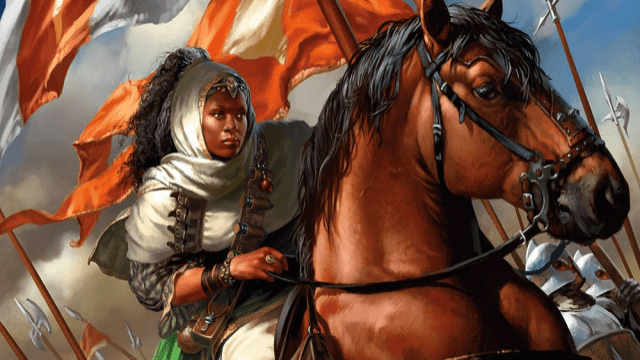
The Cleric sits near the top due almost entirely to its spell list. While it is notable for having the strongest healing magic in the game, curing both health and statuses more efficiently than other classes, it also does shocking damage.
Spells like Spiritual Weapon and Spirit Guardians can turn encounters to dust over the course of a few rounds. Thanks to theoretically having access to any spell in their list at any time, they have the potential to solve almost any problem if they have a few minutes to prepare.
However, their durability is nothing to sneeze at either. Most domains access heavy armor, meaning these guys can be nuggets of Wisdom and Constitution that many spellcasters and weapon users alike have trouble cracking.
Clerics are quintessential magic users with potential on the frontlines, which is fantastic in any book.
2. Bard

Bards are really strong. Their spell list can lock down entire rooms for minutes at a time, Bardic Inspiration is a great tool of health and harm, and their subclasses further bolster their combat and problem-solving prowess.
Their spell list suffers slightly with damage and, hilariously, buffs. However, they compensate for this with Magical Secrets and a number of spells known that entirely eclipse the Sorcerer. College of Lore Bards can afford to learn spells like Fireball and Haste, while all Bards can access Fly and any other spell their party needs.
All of this is without mentioning their skill with skills. Bards are second to none for skills, with Jack of All Trades compensating for any skills they miss out on and Expertise keeping them up with Rogues.
Of all the classes, Bards can slide comfortably into any party, which earns it a high spot.
1. Wizard

The true king of casters, the Wizard is so impactful on any situation in 5E that it shakily keeps its crown as the best class.
This is largely because of the absolutely ridiculous spell list that this class has. Why does this one class know more than half of the spells in the game? Who knows. Even though it can only learn the ones it comes across in travel, a completionist Wizard can still learn over 300 spells and swap between them with ease.
They also have natural spell recovery, a strong list of support, damage, and control options, and can even prevent their own death without much problem.
The big downside to the Wizard is their default defensive stats. Keeping a Wizard alive is tough for a new player and requires good positioning and preparing spells like Invisibility or Misty Step for emergencies.
But, once you master it, you really feel like you’re outsmarting everything on the planet.


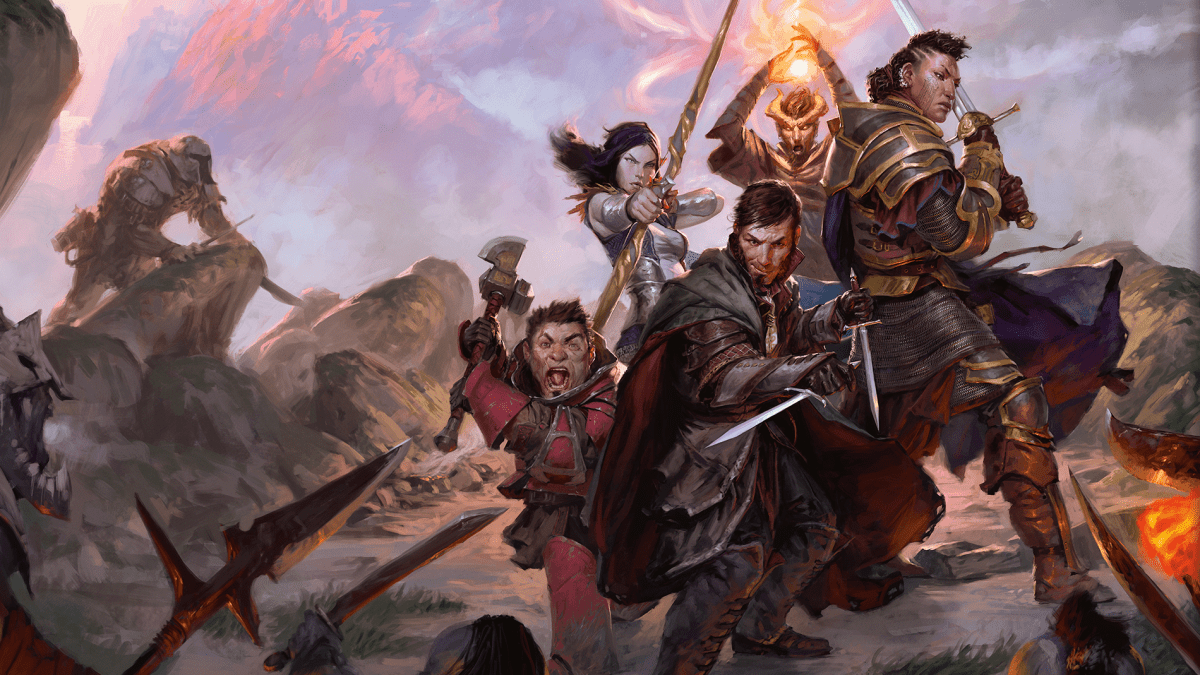

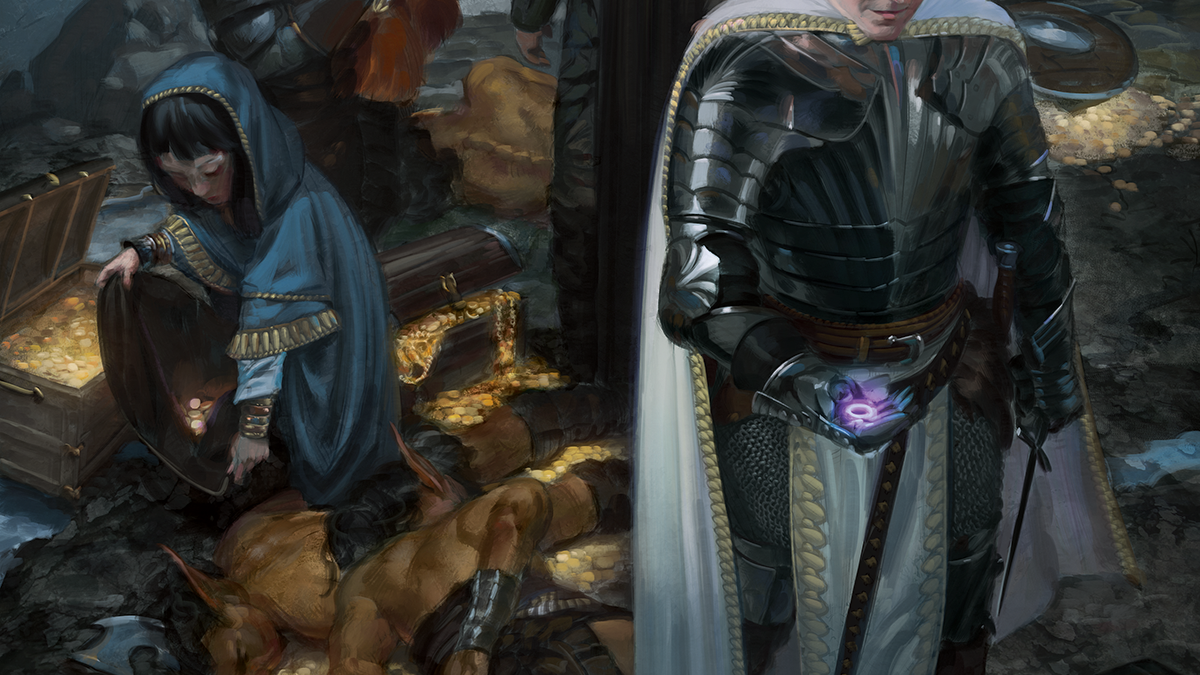
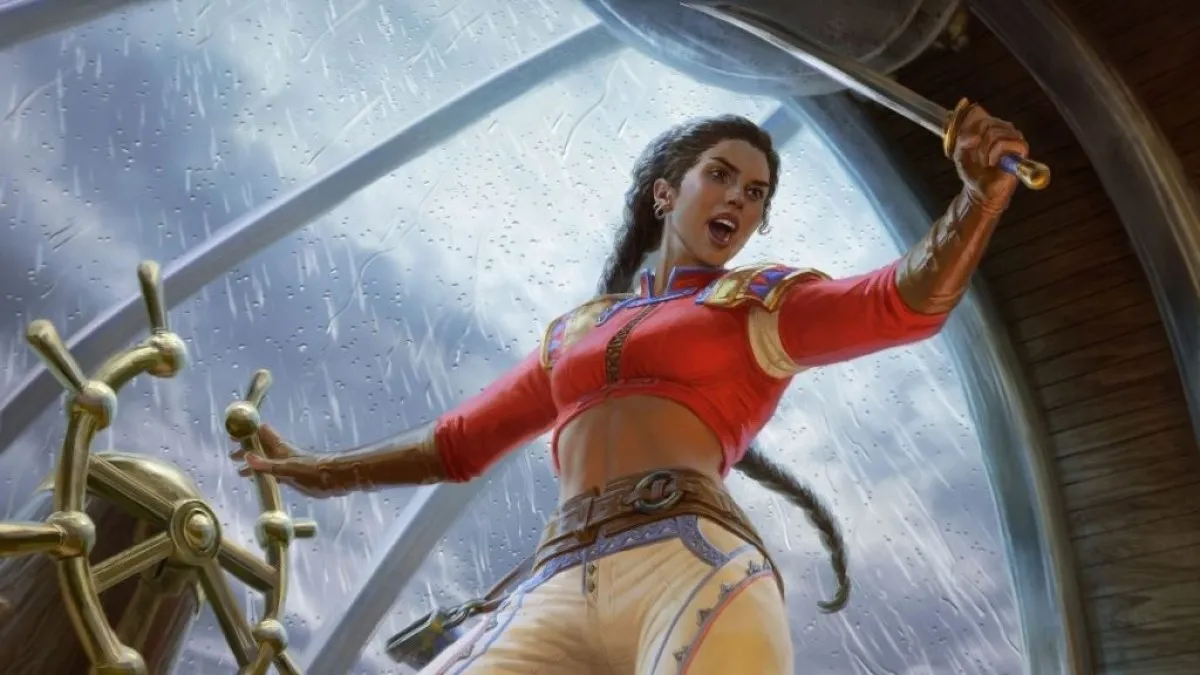
Published: Nov 5, 2023 12:02 am